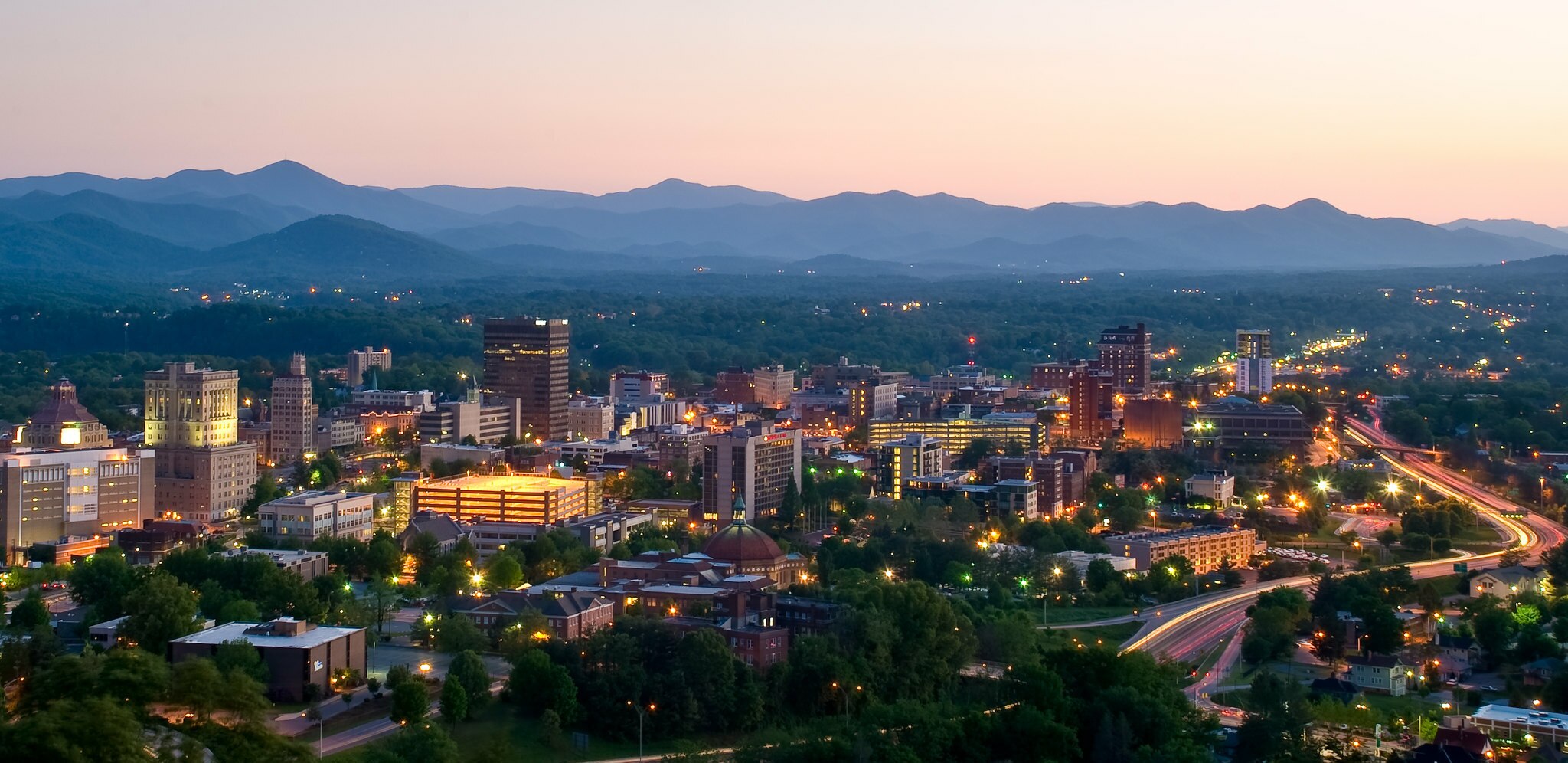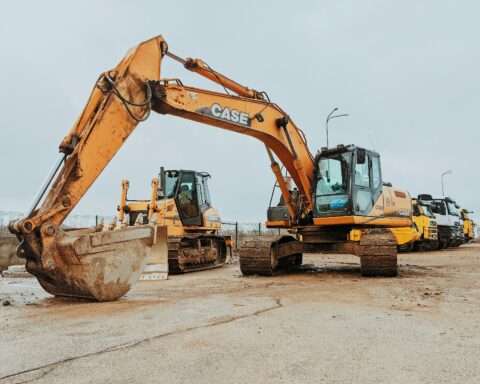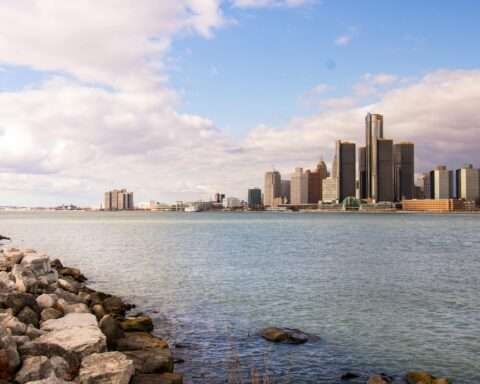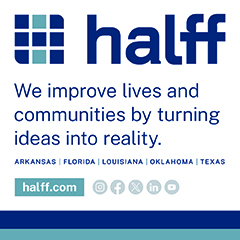This story was originally published in the Government Contracting Pipeline newsletter from Strategic Partnerships, Inc. To have the latest government contracting news stories from across the country delivered straight to your inbox, click here to subscribe.
The city of Asheville, North Carolina, will invest $80 million to make comprehensive improvements to critical city infrastructure and services. In its efforts to recover from the aftermath of Tropical Storm Helene, the city will evenly divide the funds across four sectors to best promote recovery and resiliency efforts: transportation, public safety, parks and recreation and affordable housing.
Initiatives to support ongoing transportation safety projects will prioritize making improvements to roads and resurfacing across the city. Additional projects will improve existing and build new sidewalks, create accessible crossings and calm traffic to enhance pedestrian mobility and install updated greenways and multi-use paths.
City efforts to improve public safety facilities will revolve around conducting maintenance and making improvements to existing fire, police and supporting buildings. Approximately $15 million of the public safety allocation will go toward building the East Asheville Oakley Fire and Police Station. The remaining will support renovations at a police substation, acquire land for future projects and plan for an upcoming fire station.
Improvements to Asheville’s parks and recreation areas are on the way, starting with renovations to two aquatic facilities. The city will improve two community centers, install dedicated pickleball courts and invest in multiple park upgrades. Plans also call for improving outdoor courts, playgrounds, ball field lighting and supporting infrastructure across the city.
The remaining $20 million will promote housing initiatives to ensure residents have greater access to affordable homes and repair programs. The city’s Housing Trust Fund will make investments in affordable homes, providing down payment assistance to home buyers and buying land and existing homes for future affordable housing opportunities.
Photo courtesy Michael Tracey, CC0, via Wikimedia Commons













